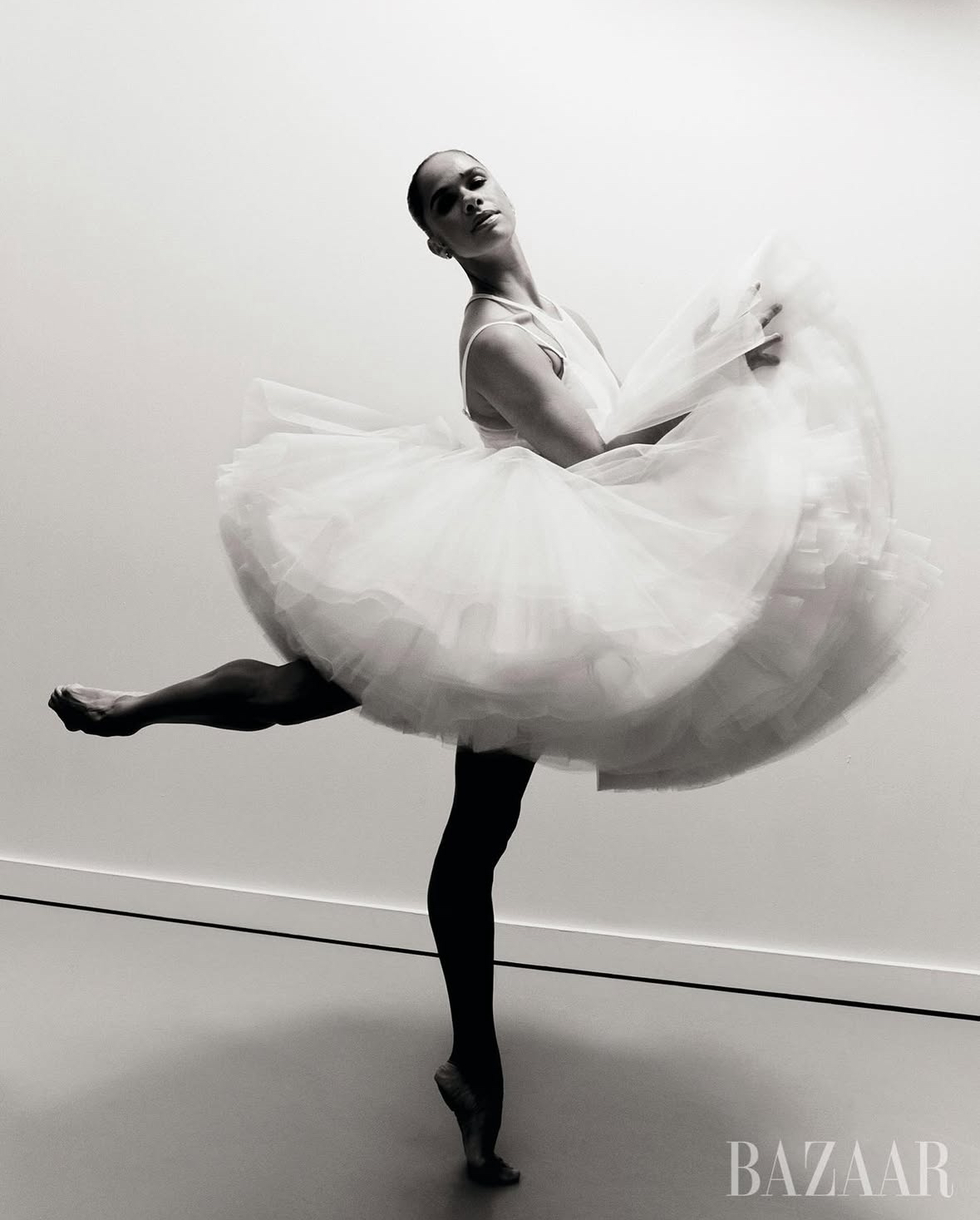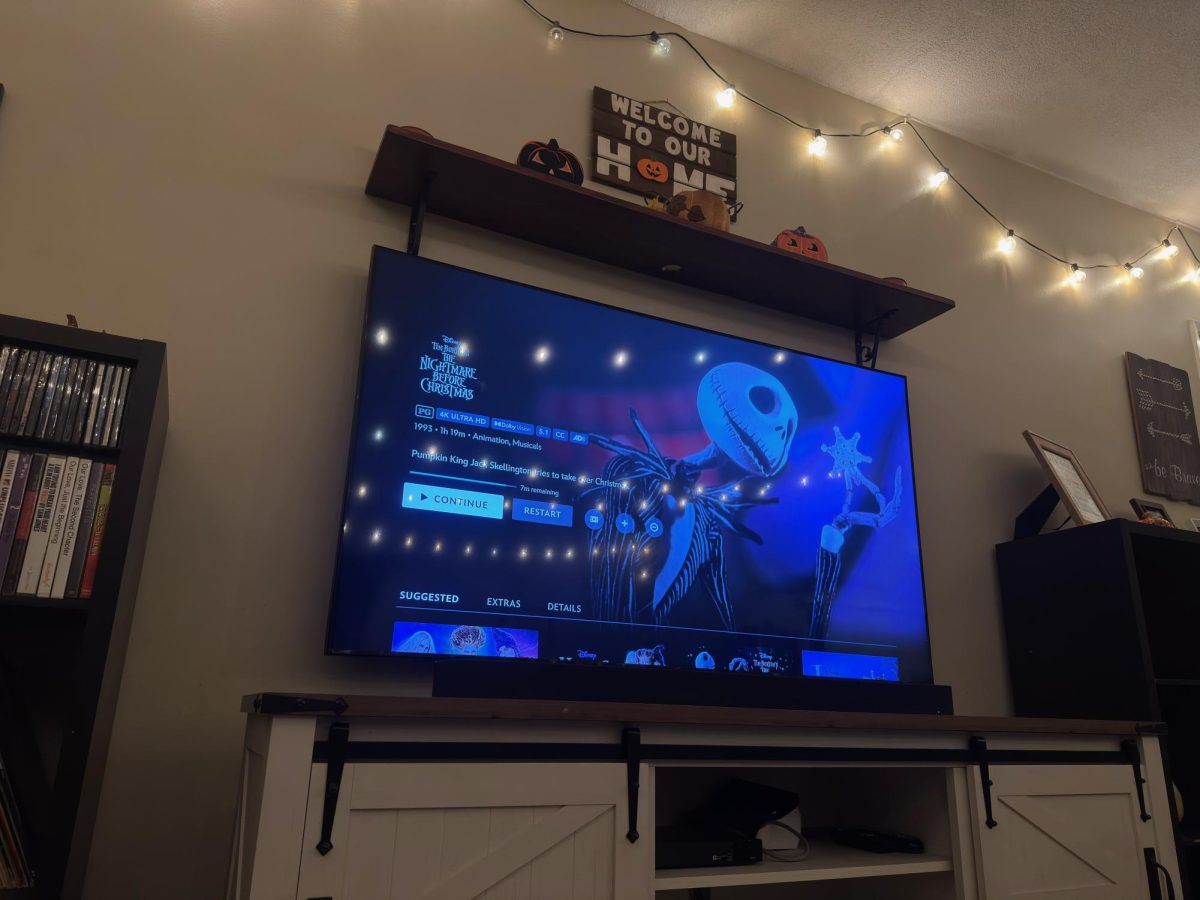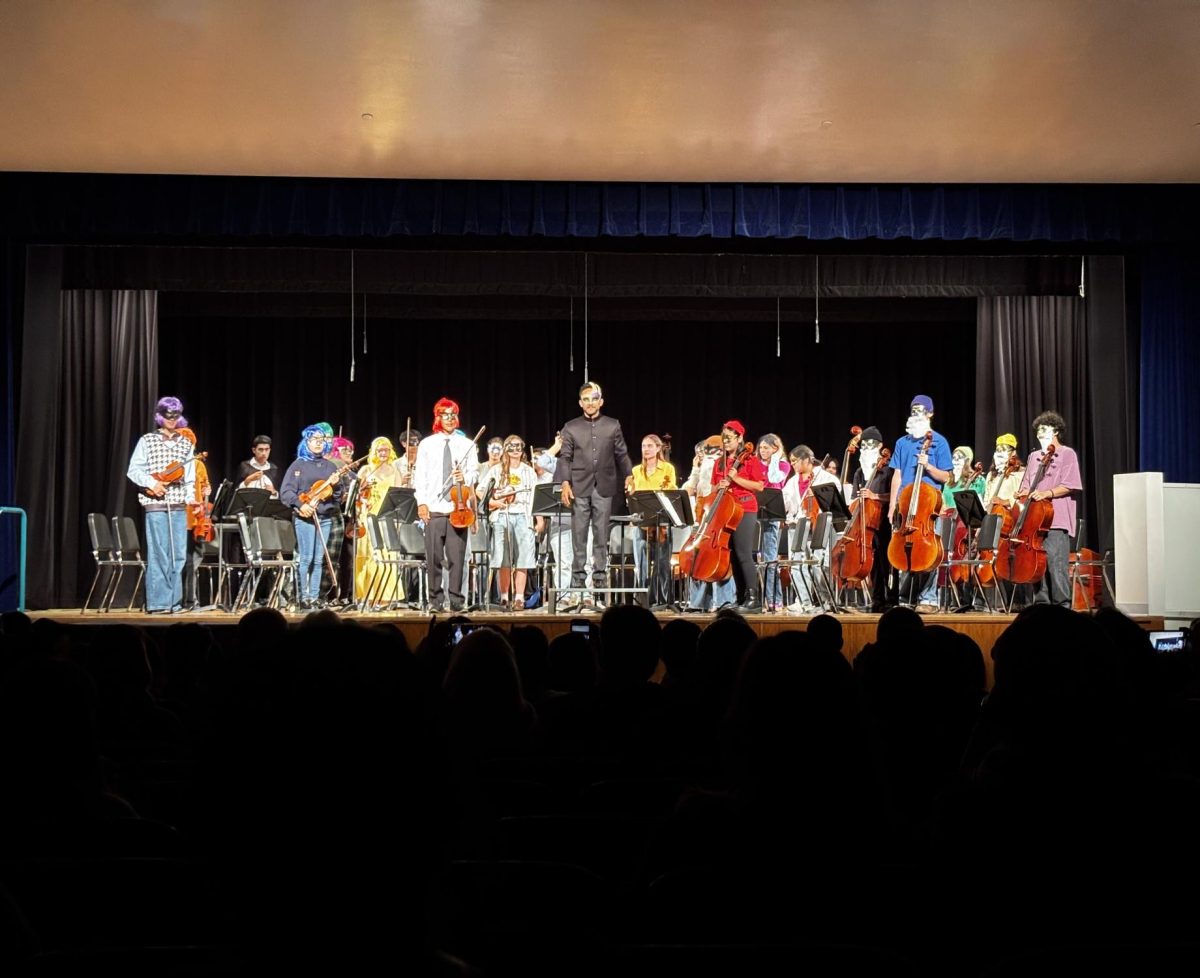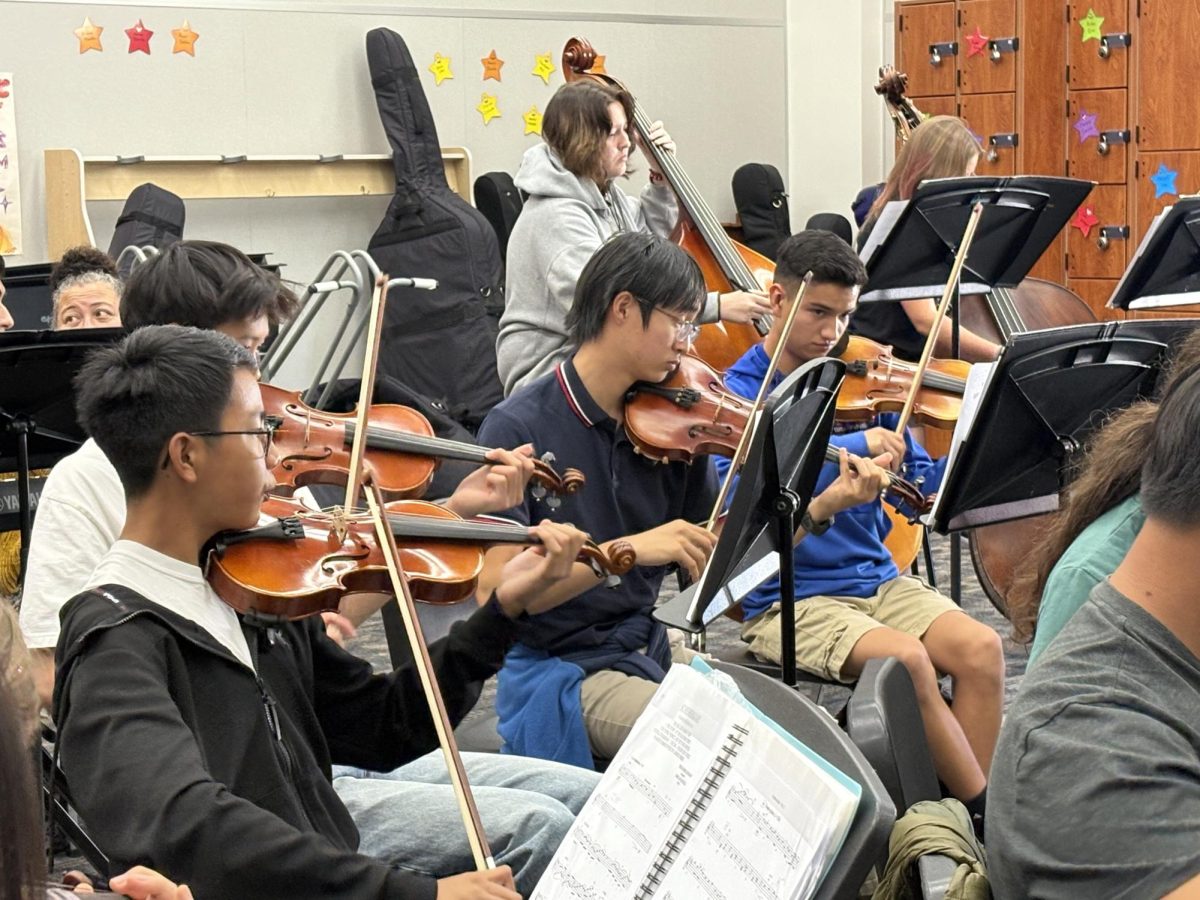LOS ALAMITOS, Calif. – Delicate in behavior, poised and overwhelmingly graceful, her form is immediately recognized by an awe-struck audience moments before she is revealed in light. The whole world rushed to witness the magnetic beauty on stage for the last time, dancing with the only company she’s ever known. On Oct. 22, Misty Copeland took her final bow with the American Ballet Theatre.
Featuring excerpts from “Romeo and Juliet” and “Swan Lake,” her evening performance at Lincoln Center’s Metropolitan Opera House proved her enduring stage presence and lasting legacy. The final ceremonies concluded with a shower of bouquets and a star-studded standing ovation.
Oprah, one of the honorary chairs at the gala, praised the icon during an emotional speech by highlighting Copeland’s transformative influence on the ballet community.
Since her ascendance as ABT’s first black prima ballerina, she pushed the boundaries further through works like the Misty Copeland Foundation.
Still more, she came to represent a cultural icon in the field of classicism and conservatism. Instead of perfectionism, Copeland focused on connection and vulnerability in ballet – something that had always grounded her through rough times; now that she’s retiring from ABT, she’s pursuing this source of liberation elsewhere.
“This farewell is less about a goodbye than a transition—an assertion that ballet careers can be elastic, that legacies can keep growing, and that artistry should not be confined to age or an institution,” Harper’s BAZAAR, in an article on Copeland’s retirement from ABT, said.
Significant pursuits include the expansion of her BE BOLD program, which centers on bringing ballet to underrepresented areas, and the reevaluation of how stories about dance are told.
After spending 25 years in an institution that both constrained and elevated her, Copeland taught the world that ballet doesn’t have to be so depleting; time after time, she has proven this onstage and off, despite several years of backlash and scrutiny.














